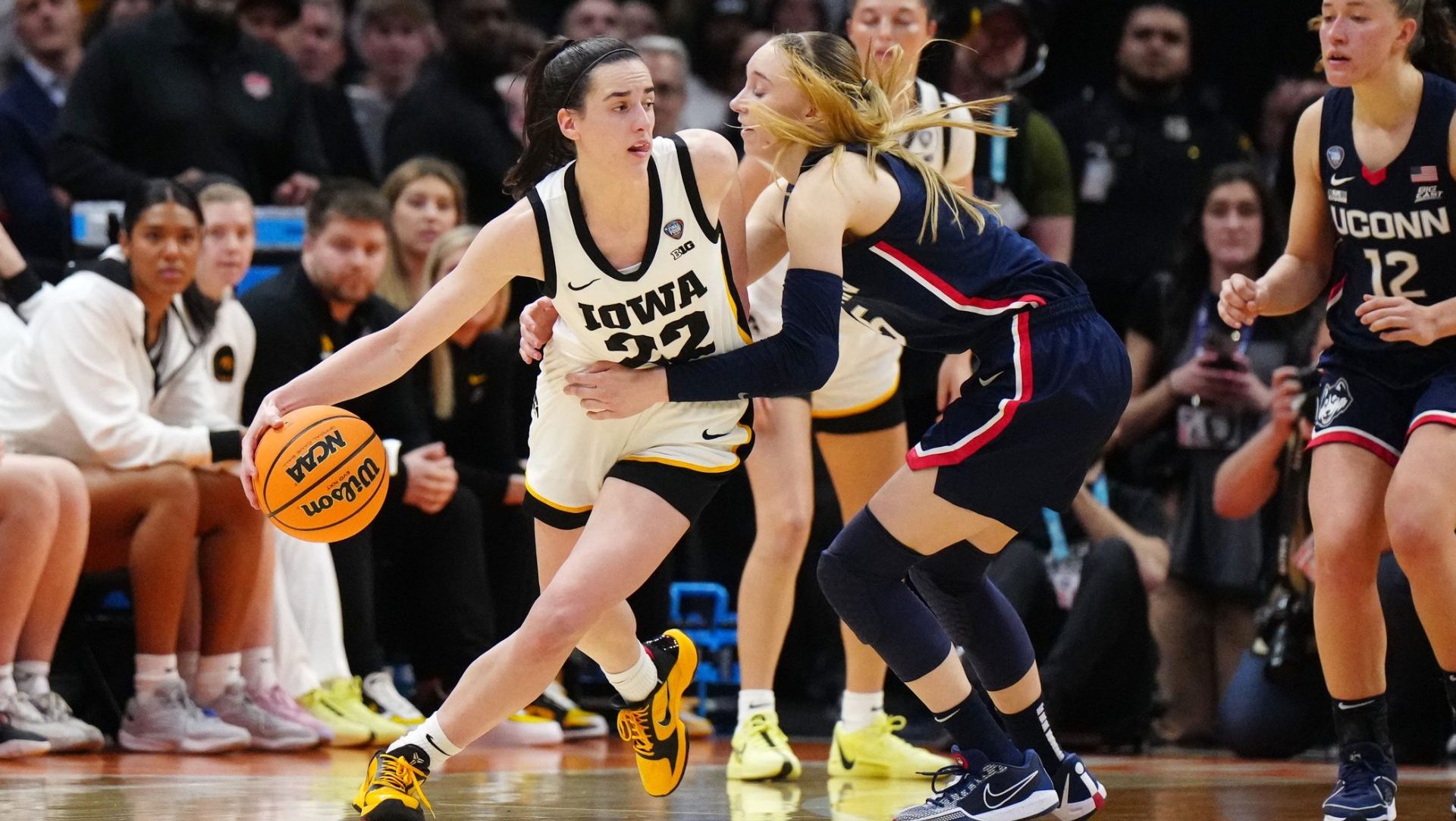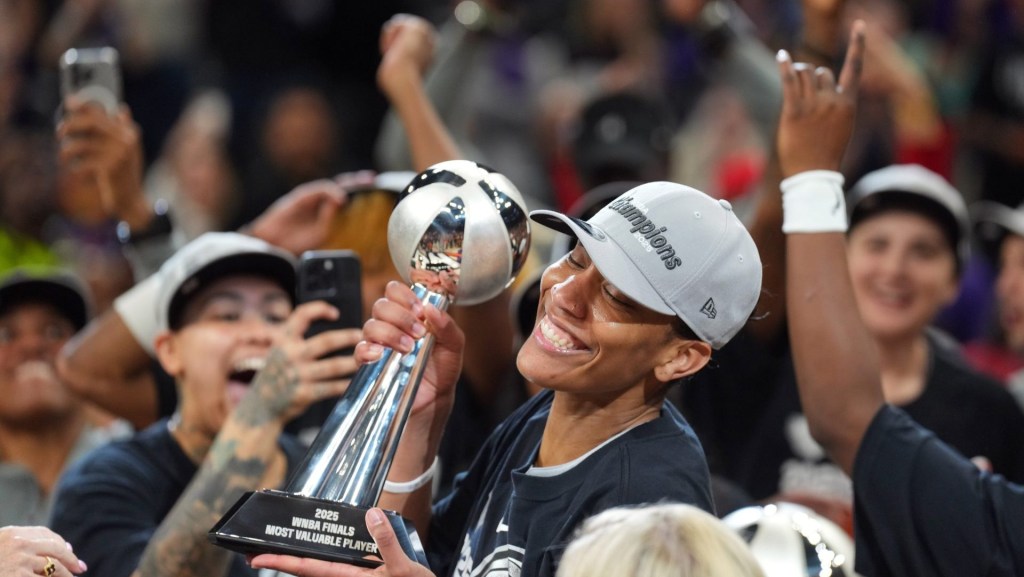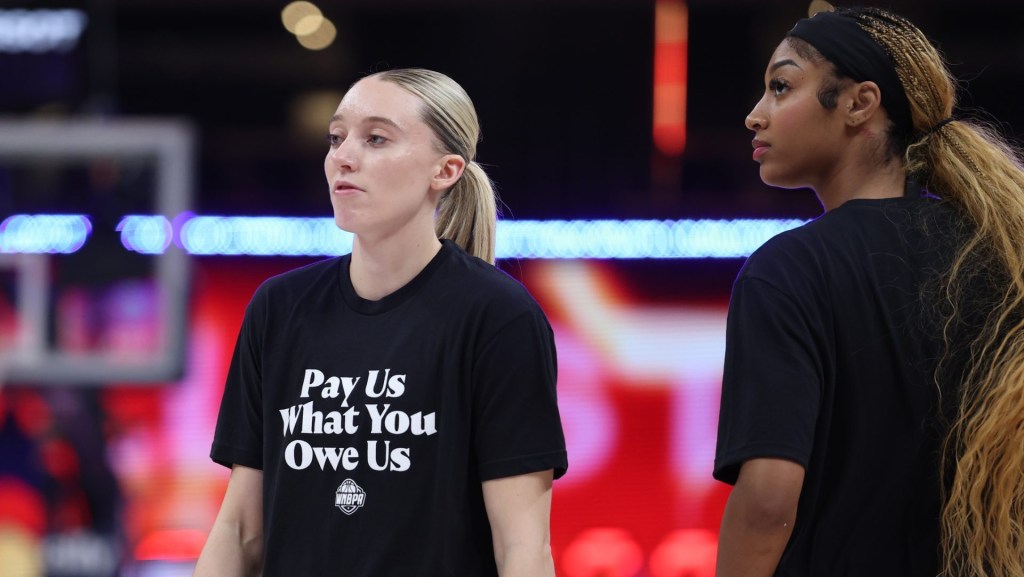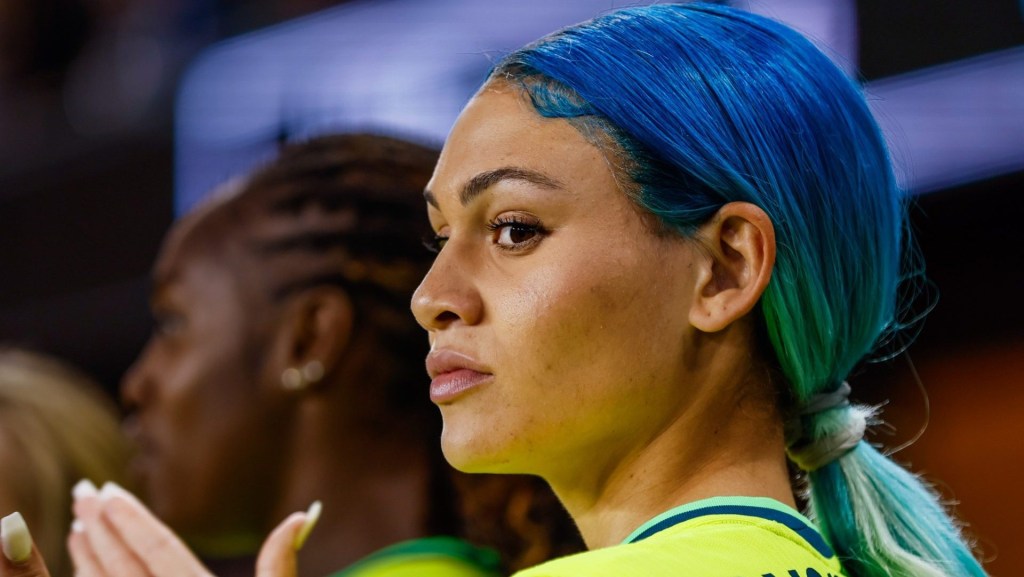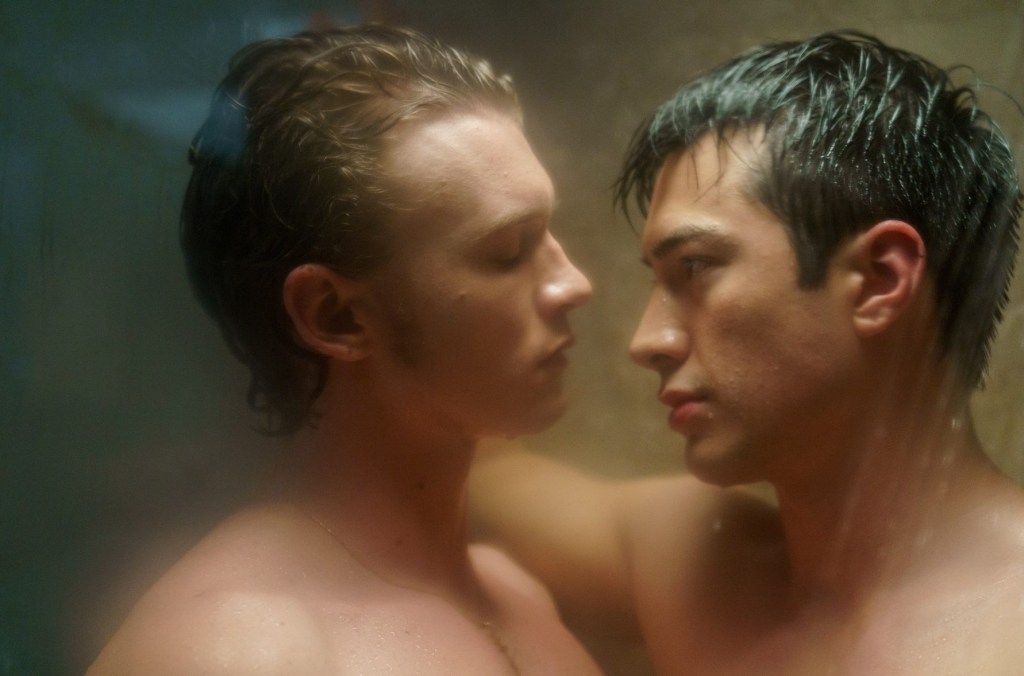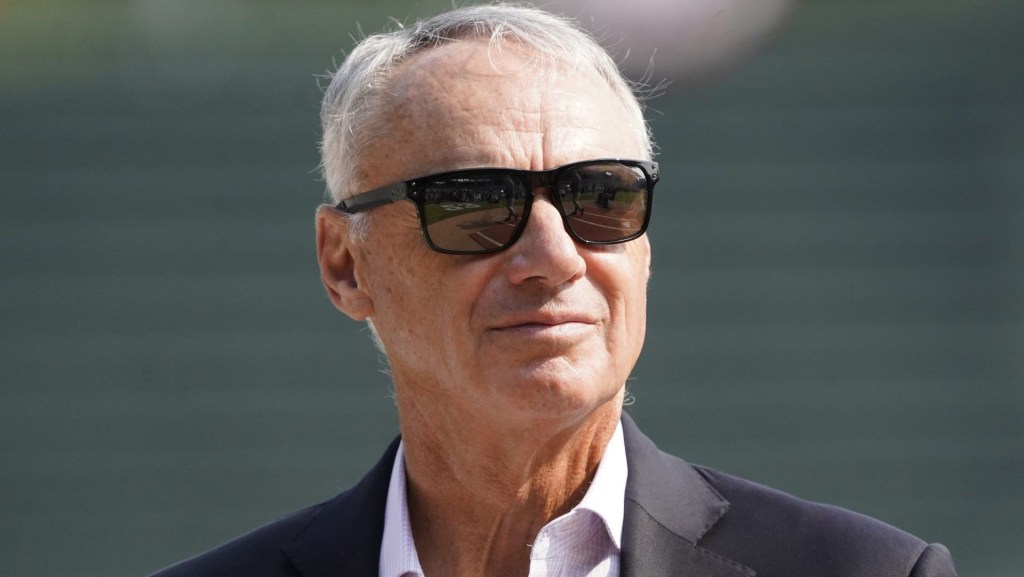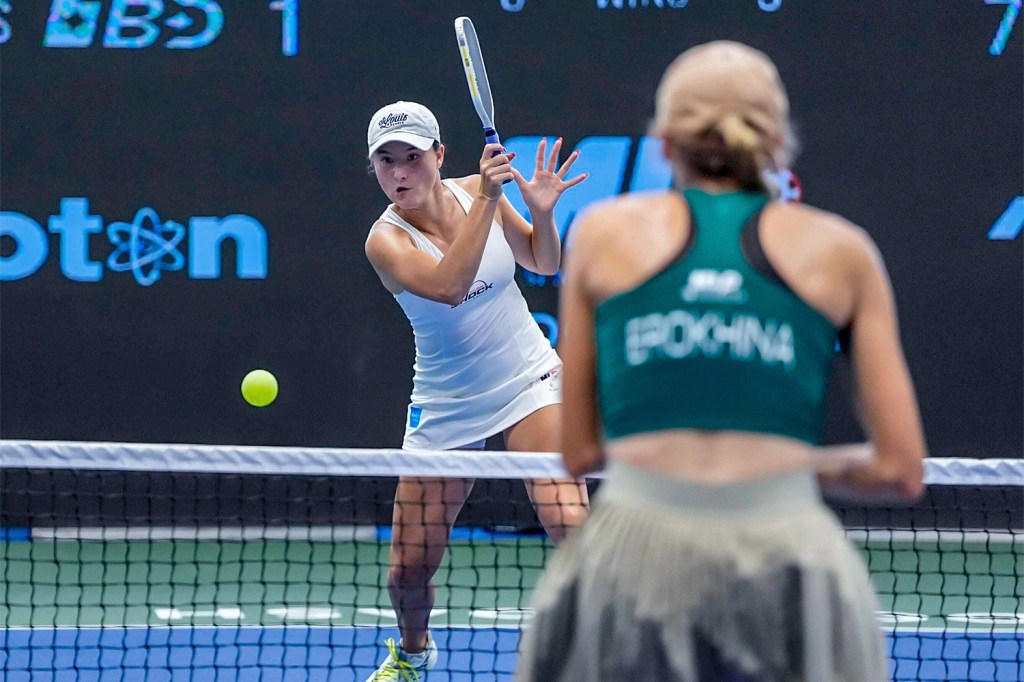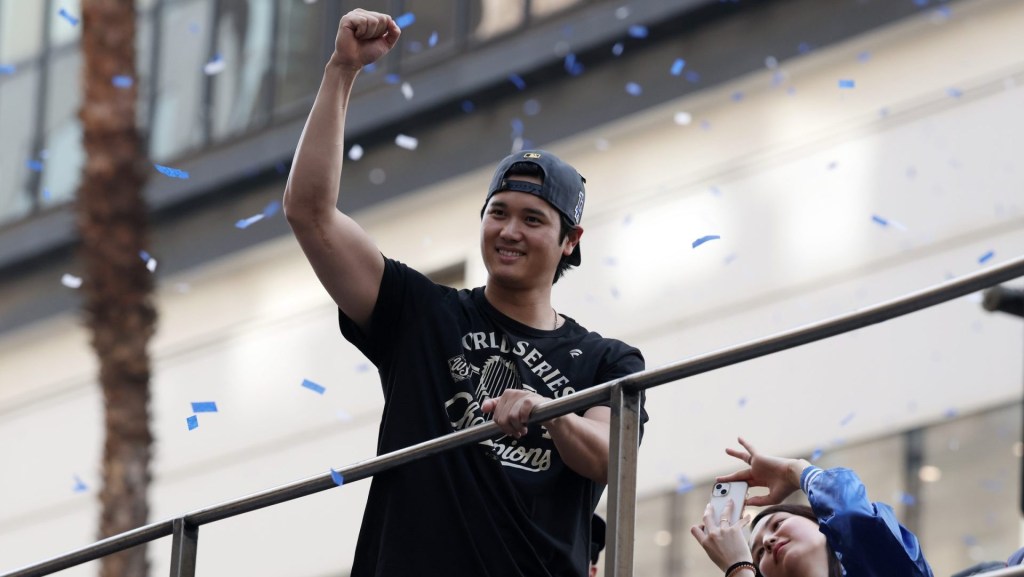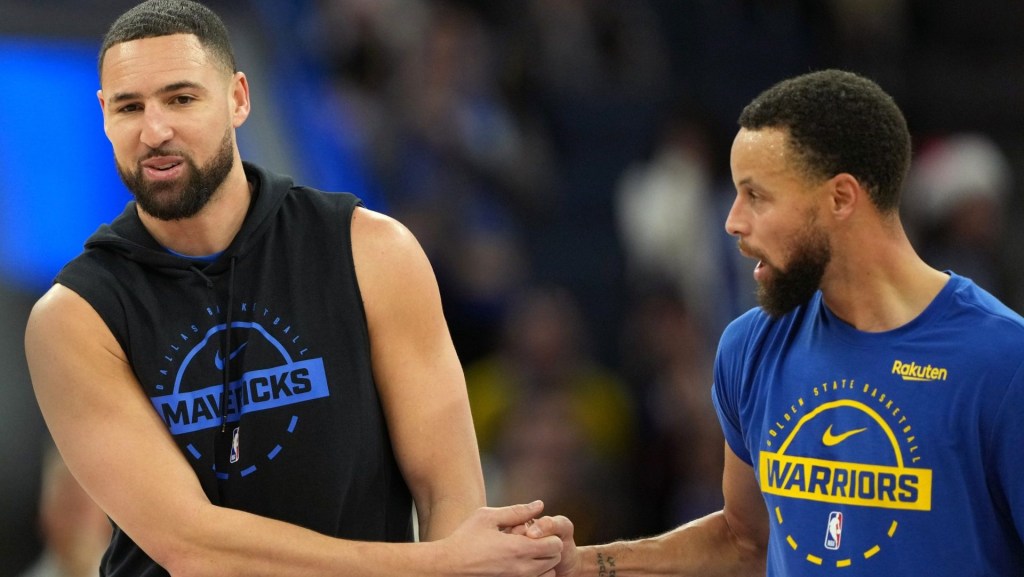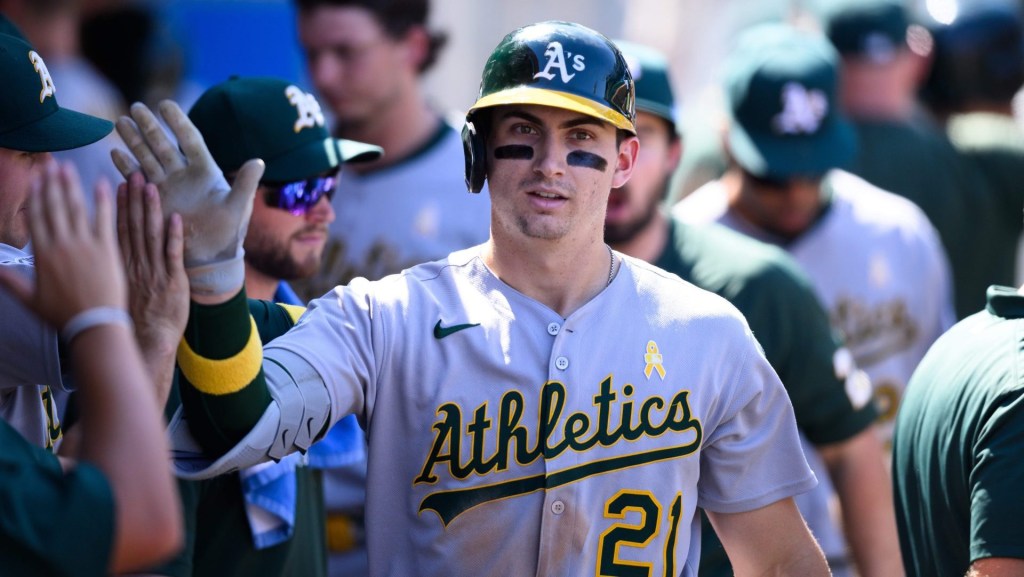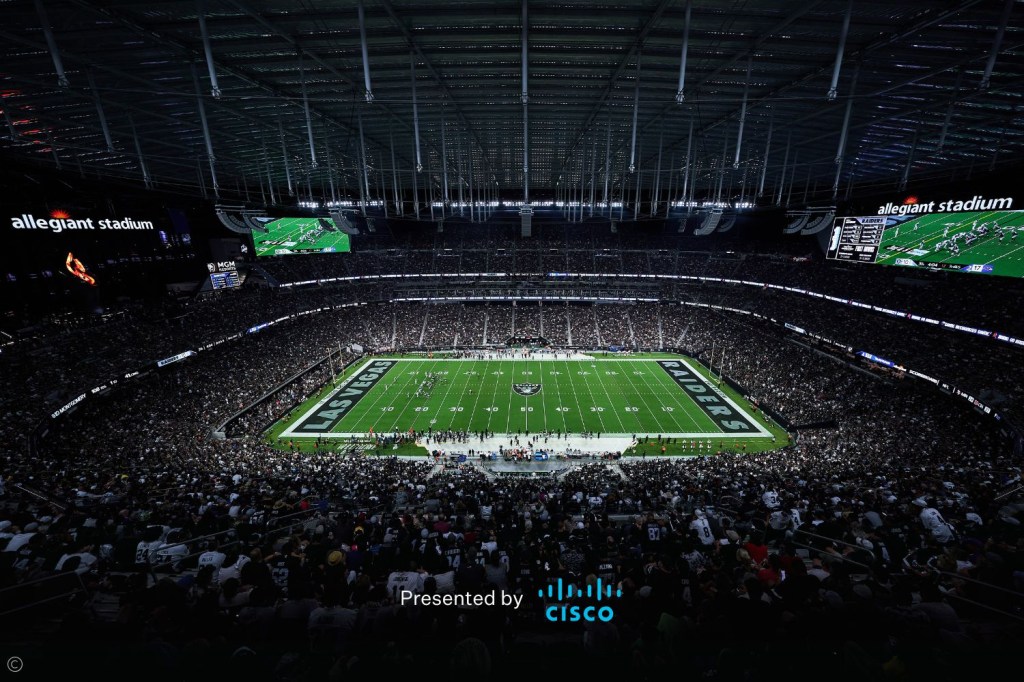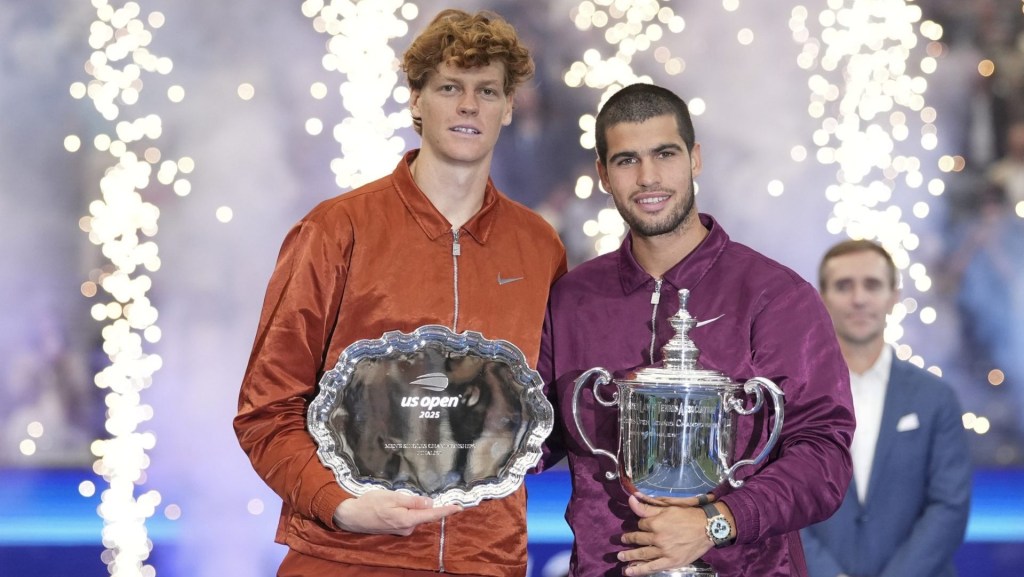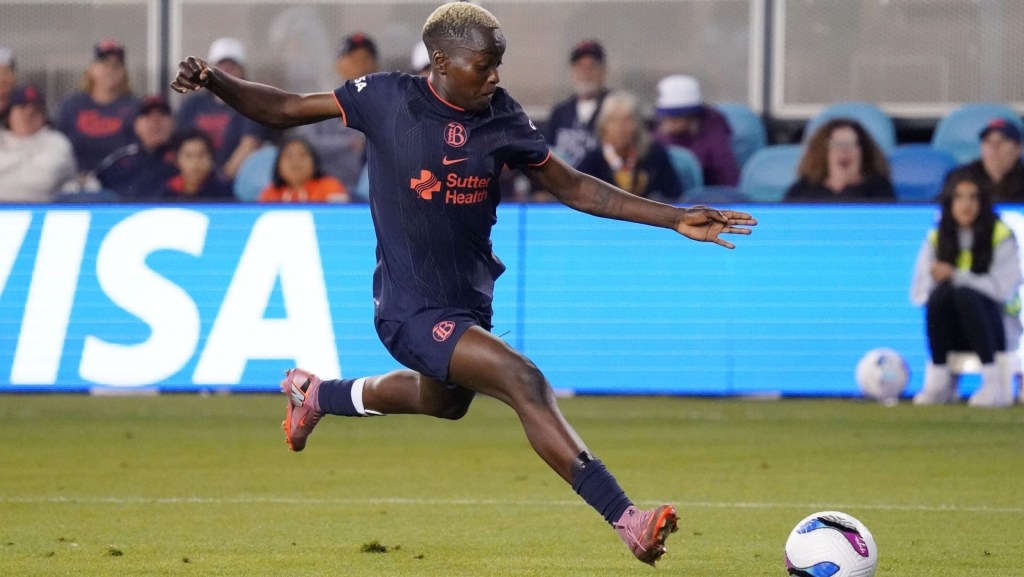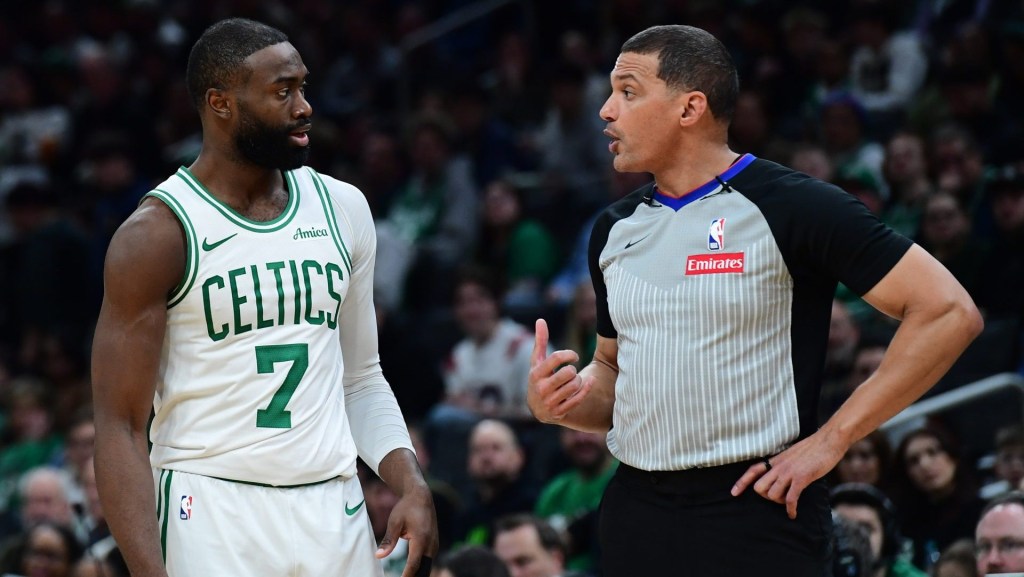The NCAA and its TV partner ESPN can be satisfied with viewership for this year’s Women’s Final Four. But there’s no getting around the fact that TV numbers plummeted by double digits without superstar Caitlin Clark.
The downside to the “Caitlin Clark Effect” is that women’s college hoops ratings may have peaked—and might never again reach the viewership records generated by the singular ratings magnet.
Without Clark’s stardom, this year’s women’s Final Four suffered a steep 64% drop-off in viewership, with games averaging 3.9 million viewers vs. 10.8 million last year. The same dynamic played out in the women’s championship game: UConn’s blowout win over South Carolina drew 8.5 million viewers across ABC/ESPN platforms compared to a record 18.5 million last year when Clark’s Iowa Hawkeyes lost to the Gamecocks, a 55% dip.
The good news: This year’s women’s Final Four and title game were still the third-most-viewed in history across ESPN platforms dating back to 1996.
Viewership of women’s basketball is generally on the rise. But it’s becoming clear that Clark may be a TV unicorn who drives numbers like no superstar since Tiger Woods and Michael Jordan.
That’s why the new Unrivaled league offered the WNBA Rookie of the Year a Lionel Messi–like offer. That’s why Clark’s Indiana Fever will play in 41 nationally televised or streamed games this season vs. 32 for Sabrina Ionescu and Breanna Stewart’s defending-champion New York Liberty.
“She could be a one of one,” said sports TV ratings expert Douglas Pucci of Programming Insider. “She could really be unique in that respect. It could be a concern. Maybe women’s colleges won’t ever get to the level of viewership we saw for last year’s final. But if we had a better game on Sunday, I think reaching 10 million would have been easy.”
There’s precedent for Clark’s effect on college TV ratings. The 1979 men’s national championship game pitting Larry Bird’s Indiana State against Magic Johnson’s Michigan State drew a record 35.1 million viewers on NBC. The rivalry between Clark and Angel Reese of LSU drew comparisons to Bird-Magic.
Like their superstar NBA predecessors, Clark vs. Reese has carried over into the pro ranks. It’s no accident that Disney’s WNBA opening-day coverage on May 17 will include a grudge match between Clark’s Fever and Reese’s Chicago Sky. Their dynamic is great for the league and its TV partners, says media consultant Jim Williams.
“This is like 1979 when Larry Bird and Magic Johnson had that amazing final. That was something to build on [in] the following few years. The ratings obviously never matched the ’79 ratings—but it put college basketball on the map,” he says.
But what’s good for the WNBA is not necessarily good for women’s college basketball, especially from a TV standpoint. With UConn’s Paige Bueckers expected to be the No. 1 pick in the WNBA draft, three of women’s college basketball’s biggest ratings draws—Clark, Reese, and Bueckers—will be gone next season. The game’s next superstar, JuJu Watkin of USC, will still be recovering from a torn ACL. Another TV draw, TCU’s Hailey Van Lith, might also declare for the draft.
Time will tell if women’s college hoops rise to the heights Clark reached. But the NBA Finals have never come close to the 29 million viewers averaged in 1998 for the series between Jordan’s Chicago Bulls and the Utah Jazz. No golf telecast has come near the 44 million viewers who watched Woods make history during the final round of the 1997 Masters Tournament.
Still, TV ratings are only one metric when it comes to the health of a sport. It’s a process, says Williams.
“Look at what Clark’s ability to grab an audience has done for the WNBA,” he says. “So I think what she did for the NCAA tournament, and now the WNBA, is build a future where each year the attendance gets better, the ratings get better, and more people are drawn to the sport.”
